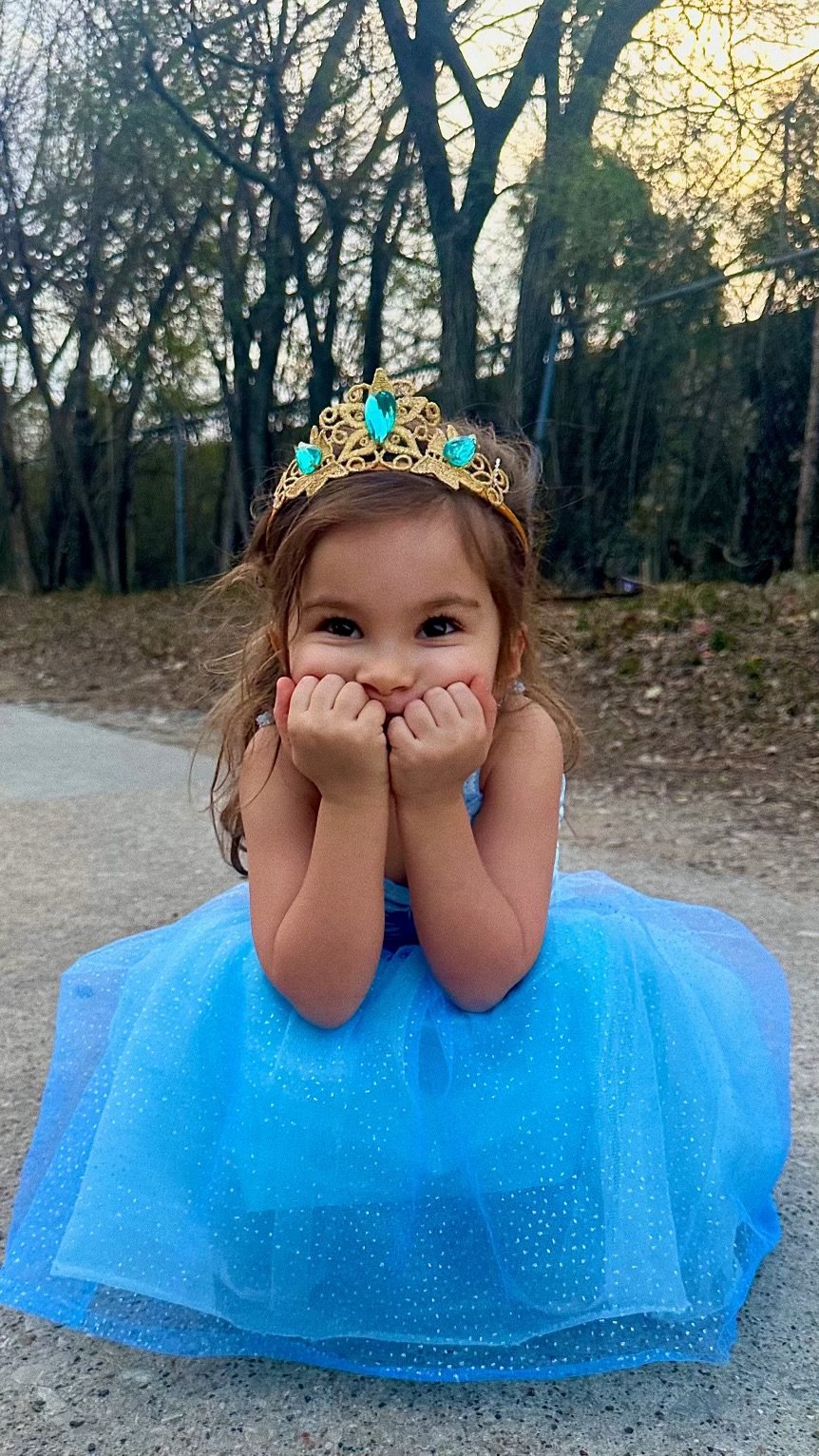


















With all due respect, all parents with a child between the ages of 2 and 4 know of the “Obsessive Compulsive Disorder” that consumes their child 😂. The same movie, same Youtube channel are watched relentlessly. The same song is to be heard, the same dress to be worn ad nauseum. Curiously, a diagnosed “disorder” literally translates to a “lack of order.” It should come as no surprise, then, that their “OCD” is simply an innate and logical need for order.
At this age, these elfins are masters of observation and incessant defiers of demand. For that reason, we might find that showing them versus telling them is healthier, and that guiding versus teaching them is the most efficient way to produce positive results. In doing so, we help them relax into their inner order, so that they can feel equipped and confident to conquer their environment. What appears to be “OCD” is just their natural proclivity to establish order out of chaos, in order to better manage themselves.
Helping them establish order, however, can be expressed in different ways, and treating our children in a militaristic manner is not the kind of orderliness intended. By using a more organic approach, we allow them to be open to the experience and to tune into their own inner voices. Order needs to be in their environment, and not a regimented treatment imposed on them.
So what exactly are some ways we can set the tone for them?
Toys and Books. We can help them in their need to establish order by providing shelves in which they can neatly put away their toys and books at the end of their day. Baskets are “chaotic” and don’t work in the same way, as everything is jumbled up. Shelves, on the other hand, are neat and tidy and give visual comfort. With shelves, they can actually see everything, which comes in handy when trying to retrieve what they are looking for and when it’s time to clean up. Order is maintained as each toy and book has a specific place. And in this way, they won’t compulsively resort to just one book or one toy as they can see and choose from a whole display.
Clothes. Order is fundamental with clothing. Instead of choosing their clothes for them, it’s necessary to engage and converse with them about what they like to wear, making sure their clothes are always visible, clean, neat and orderly. It is important to avoid overwhelming them with too many clothes, as they might likely want to revert to the same few pieces they’re familiar with. If some clothes are not being worn, it may be best to store or give them away. The best we can do is to give them the time to move through their “obsessions” so that they don’t have to defend them.
Food. Kids prefer pizza, chips, cookies and ice cream (just as any adult). So how do we get them more “obsessive” about broccoli and fish? If we converse about what they or we are all eating together, we engage their curiosity in a healthier way and allow them to open up to new foods. Serving them small amounts in small varieties and allowing them to lead—eat at their own pace and pick and choose as they wish—is key. What we want to avoid is demanding. Every time we focus on what our children are doing or not doing, we are giving them reason to oppose and challenge us (and more reason to be OCD.)
Movies, songs, youtube channels. The same goes for all of the above. Engaging with them about why they like a particular song or character allows them to practice their reasoning and communication skills. In this way, we can gently introduce a new film or tune by drawing similarities, telling them why we think they might fancy them, and finally asking their esteemed opinion.
A haven for eccentric, thoughtfully crafted and curated info and inspo.
Copyright 2025 – The Blog. All rights reserved
A personal proposition to a savvier, more qualitative, way of life.
We don’t give it up for free.
(And neither should you.)